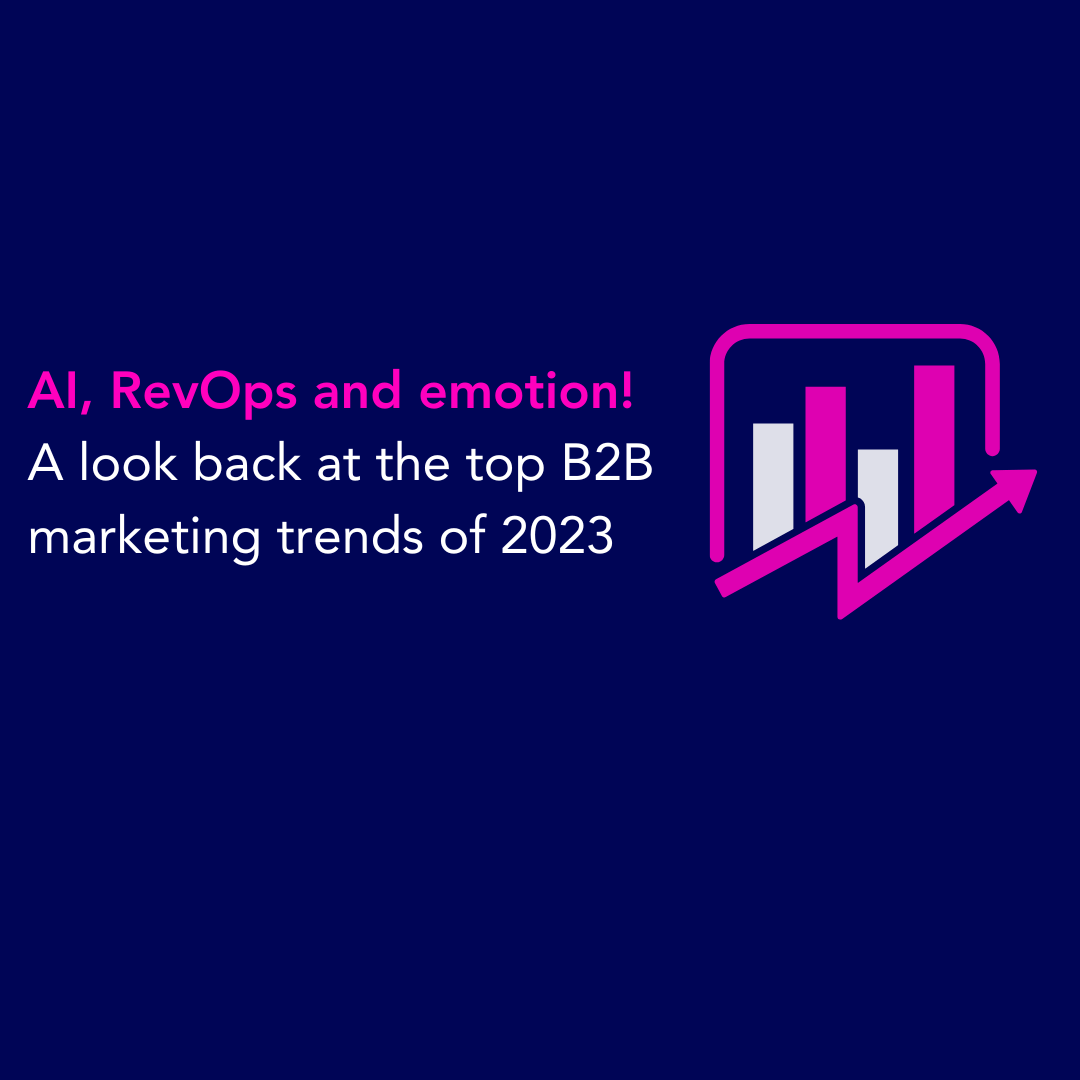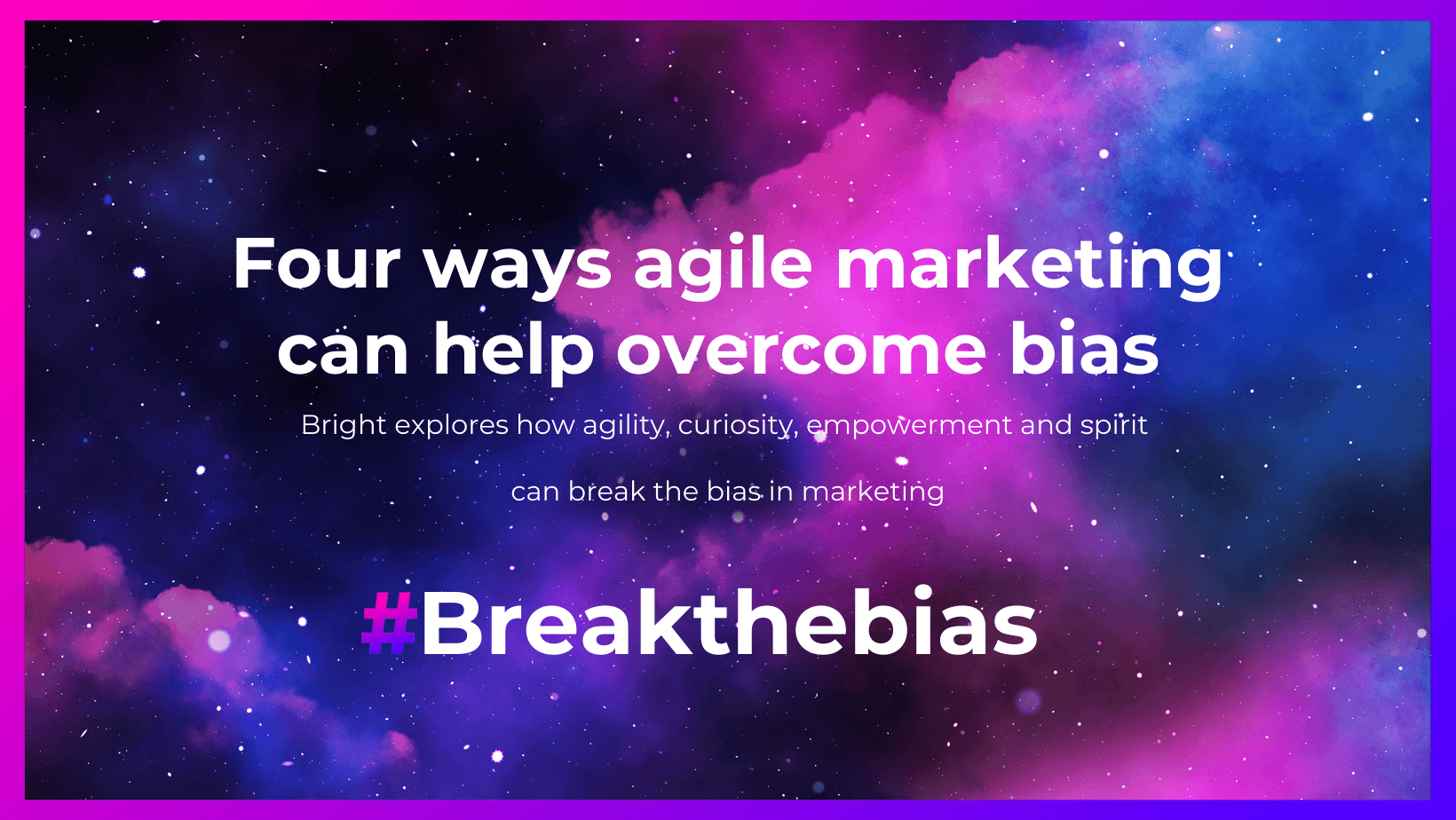In the high-octane world of B2B marketing, standing still is not an option. Agile marketing is not just changing the game—it’s rewriting the rules. This approach, with its heart set on adaptability and laser-focused on the customer, is propelling forward-thinking businesses into new realms of success. It’s about being nimble, quick, and, most importantly, effective.
So, let’s dive into the nitty-gritty, the bread and butter of agile marketing: epics, user stories, tasks, and deliverables. These aren’t just buzzwords; they’re the gears in the engine of change. Through our adventures in transforming marketing strategies with our clients at Bright, we’ve seen first-hand how these components can revolutionise practices and align with OKRs and KPIs to deliver unmatched value.
The essence of Agile Marketing: Where strategy meets action
The core quartet: Epics, user stories, tasks and deliverables
- Epics are the grand visions, the “what ifs” turned into “let’s dos.” They’re ambitious missions tied to the heart of your business goals or defined by the critical functions of your marketing strategy such as lead generation or customer retention.
- User stories are the soul of your customer persona, sharing their desires, needs, and aspirations. These stories draw you closer to your audience, guiding bespoke marketing initiatives.
- Tasks are where thoughts turn to action. These are the steps that transform user stories from dream to reality, aligned with your epic ambitions. They’re the day-to-day on your Kanban boards, the pulse of progress.
- Deliverables are your battle scars and trophies; they’re tangible proof of the journey from concept to completion, marking your path towards conquering your epics. They’re milestones that measure success, learning, and adaptation.
Real success stories
- Informa Markets Pharma market leadership: Their leap into agile marketing was based on an epic focused on market leadership. Breaking down this monumental goal into actionable user-stories led to ground-breaking engagement and a dominant position in the pharma industry, surpassing key tradeshow objectives.
- Reward Gateway conquering a new segment: They took on the epic of penetrating a new market segment with agility on their side. Focused on “Rapid SME market entry,” they tailored their user stories breaking down their approach into tasks and deliverables that tested, learnt, and adapted, turning feedback into gold and smashing their KPIs.
- TECHNIA embracing the virtual shift: The epic was to capitalise on the success of their physical event investment to captivate and grow their audience with virtual events. By weaving the magic of their physical events into the digital fabric, they created user-stories that crafted immersive experiences that not only retained but enhanced the value of their community in the virtual space.
The interplay of components: The engine of marketing effectiveness
Diving deep into the mechanics of agile marketing illustrates the importance of a harmonious interplay between epics, user stories, tasks, and deliverables. These components combined with agile marketing ceremonies, principles and critical success factors to create strategic coherence, responsiveness, and iterative brilliance. It’s about moving with purpose, making every note count, and every action sing. In the end, agile marketing isn’t just a way to do marketing; it’s a manifesto for doing business in the modern world, brilliantly orchestrated for those ready to lead the charge.













